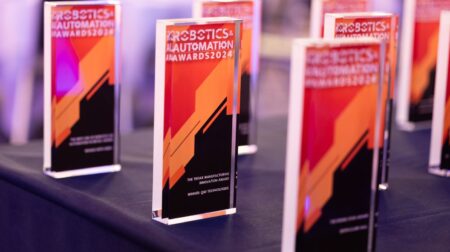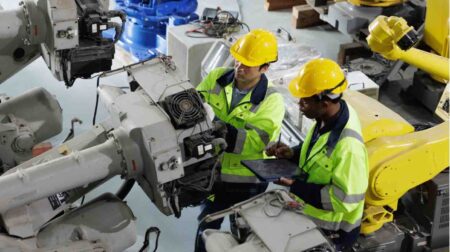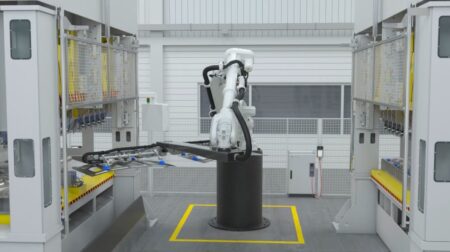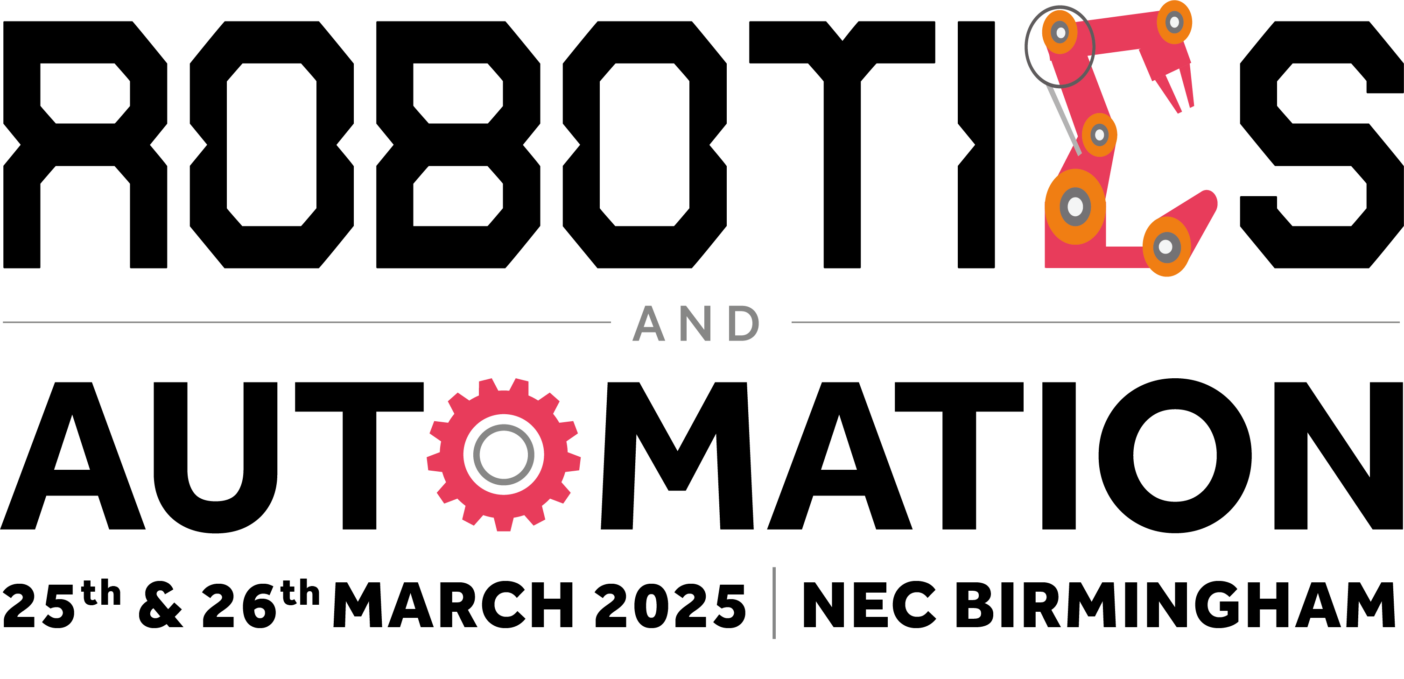The University of Michigan (U-M) and Ford Motor Company are opening a “one-of-a-kind” facility to advance the future of advanced, more equitable robotics.
Designed by HED, U-M’s Ford Motor Company Robotics Building is a four-storey, US$75m (£54m), 134,000ft2 complex situated on the north campus.
As the new hub of the U-M Robotics Institute, its first three floors hold custom U-M research labs for robots that fly, walk, roll and augment the human body – as well as classrooms, offices and makerspaces.
Through an agreement, the fourth floor houses Ford’s first robotics and mobility research lab on a university campus, as well as 100 Ford researchers and engineers. The new facility brings together U-M researchers from 23 different buildings and 10 top-10 programmes.
With the new infrastructure, researchers working on two-legged disaster response robots can test them on a 30mph treadmill studded with obstacles, or on a stair-stepped “robot playground” designed with the help of artificial intelligence, for example.
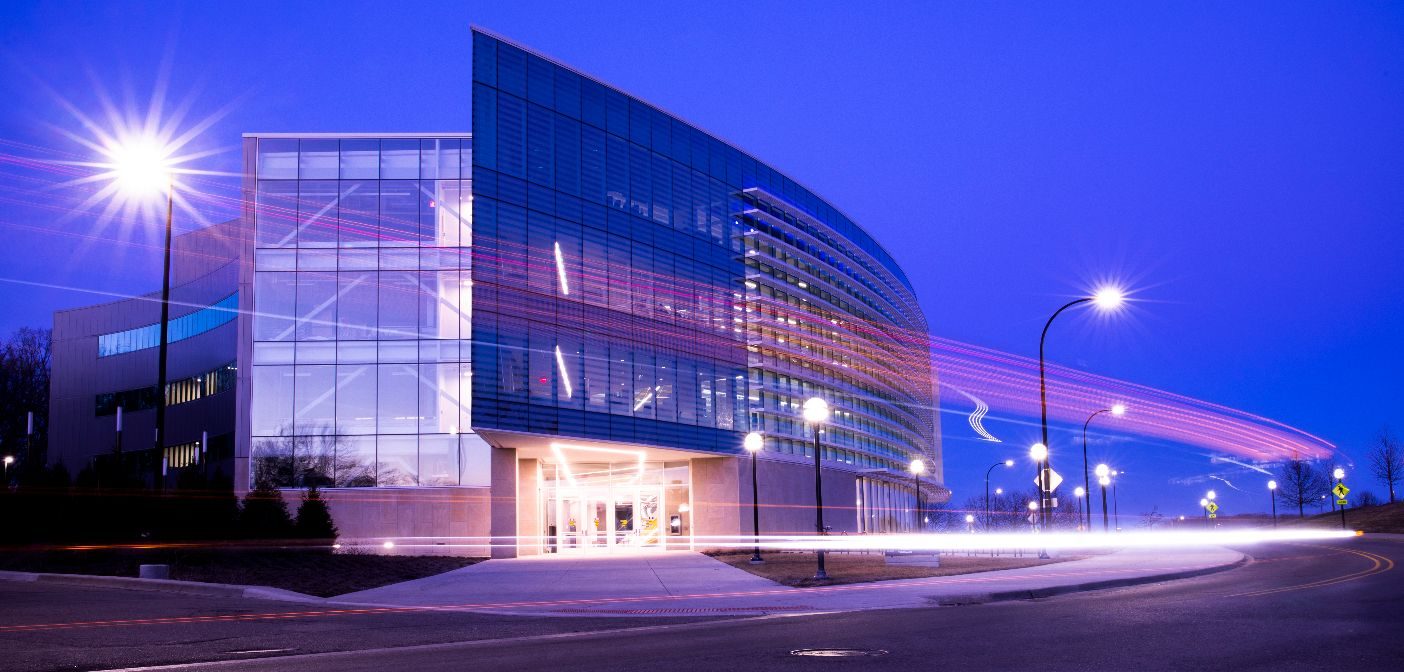
Biomedical engineers will have access to ‘earthquake platforms’ with force-feedback plates to guide their development of lighter-weight, more efficient prosthetic legs. And Ford engineers will explore how their upright Digit robots can work in human spaces while taking autonomous vehicles from robotic computer simulations to on-road testing at U-M’s proving ground, Mcity.
“As Ford continues the most profound transformation in our history with electrification, connectivity and automation, advancing our collaboration with the University of Michigan will help us accelerate superior experiences for our customers while modernising our business,” said Ken Washington, chief technology officer, Ford Motor Company.
“We also will broaden our learning through daily exposure to many robotics activities, such as considering how our Digit robots not only technically can master delivering packages from autonomous vehicles but also become valued parts of our neighbourhoods.”
The U-M Robotics Institute aims to advance human-centered robots – machines and systems that interact with people and move through society’s spaces, extending the human body and the process of human cognition.
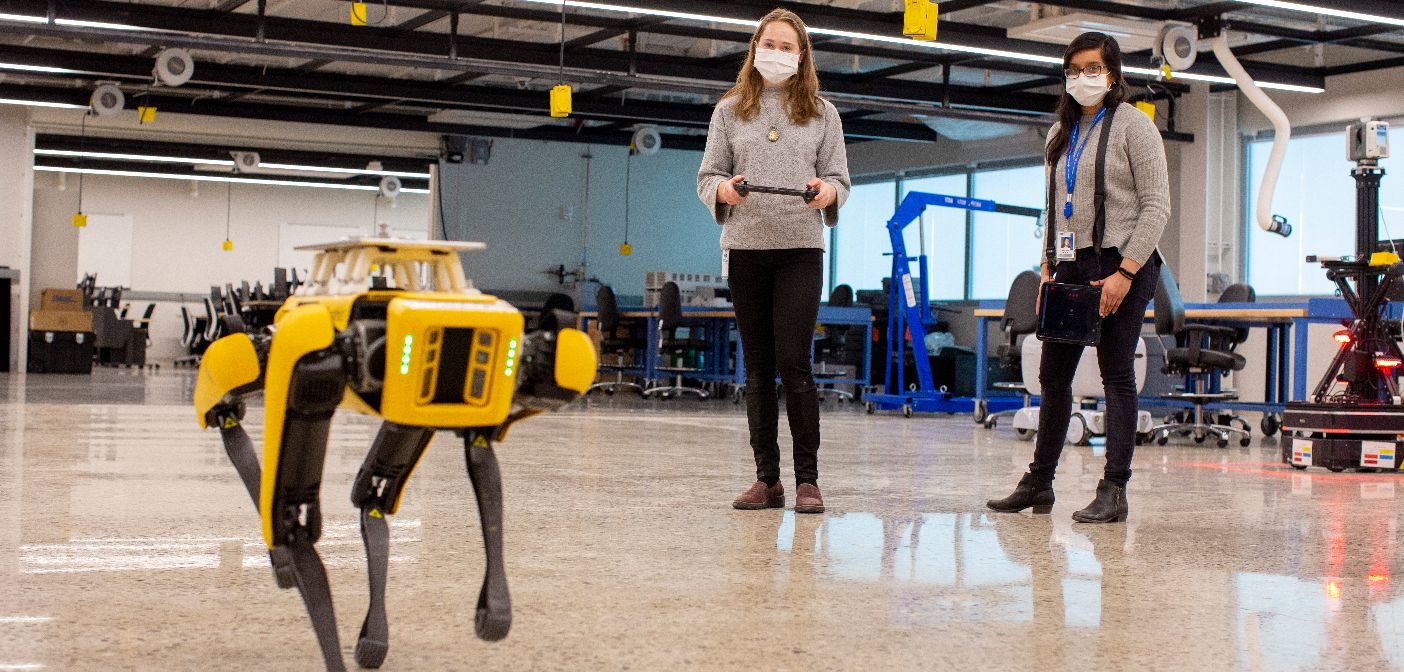
New labs include the Ronald D and Regina C McNeil Walking Robotics Laboratory for developing and testing legged robots, with an in-ground treadmill that can hit 31mph and a 20% grade, as well as carry obstacles; a rehabilitation lab for advanced prosthetics and robotic controls; three-storey fly zone to test drones and other autonomous aerial vehicles indoors; Mars yard to test rover and lander concepts on a landscape that mimics the Martian surface; and an AI-designed “robot playground” outdoor obstacle course for testing robots on stairs, rocks, and water, surrounded by motion capture cameras.
According to Ford, the facility is key to the company’s transformed and modernised research and product development processes aimed at disrupting the transportation landscape.
Key research will focus on the future of moving goods more efficiently, as the pandemic further fuels online retail growth; and experimenting with four-legged robot Spot to laser-scan plants – helping engineers update the original computer-aided design used to prepare to retool for new products.
In addition to the M-Air drone cage and Mcity test facility, the college is also home to the Aaron Friedman Marine Hydrodynamics Lab, which houses a 360ft-long indoor body of water for testing robotic and conventional watercraft. The Space Physics Research Lab develops and tests robotic spacecraft and instruments for deployment across the solar system.

